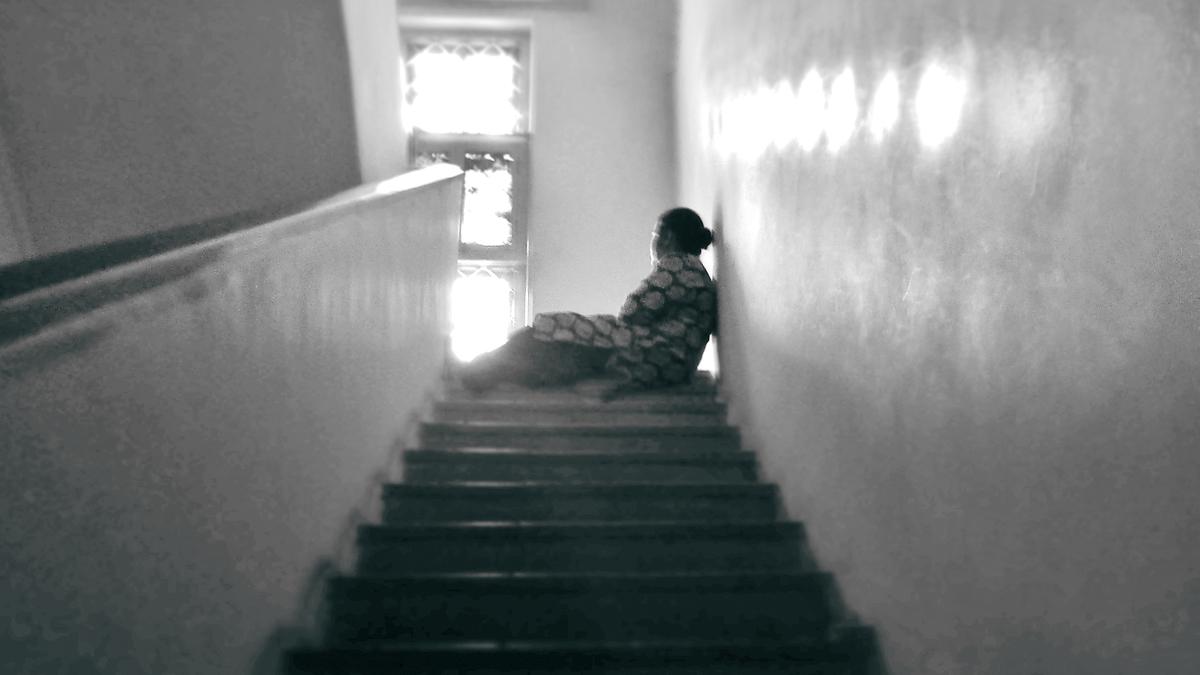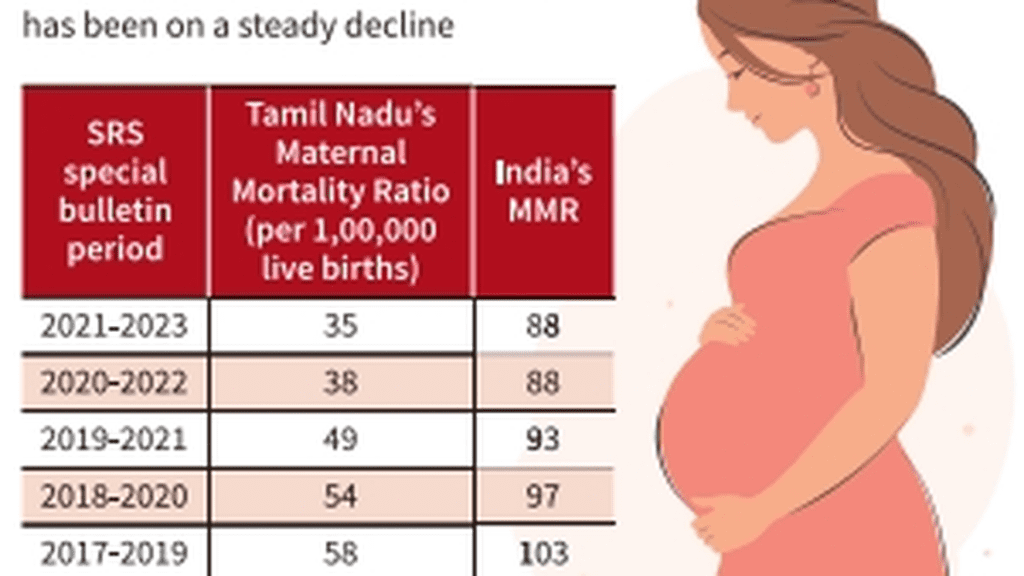Eliminating elitism in mental health Premium

Eliminating elitism in mental health Premium
The Ministry of Labour and Employment, in its year-end review report for 2024, stated that all States and Union Territories are expected to complete the process of harmonisation and pre-publication of draft rules for the new Labour Codes by March 31, 2025. This provides an efficient window for the government to consider the incorporation of provisions that create a liability-based framework to ensure the mental health of workers, especially those in the blue-collar category.
In 2024, for the first time, mental health was acknowledged as an ‘impactful driver’ for individual and national development in the Economic Survey. The Survey also noted that, 10.6% of adults in India suffered from mental disorders, with the treatment gap ranging between 70% and 92% depending on the specific condition (National Mental Health Survey 2015-16). The World Health Organization, in its fact sheet on mental health at work, outlined several risks, including excessive workloads or rapid work pace, long unsocial and inflexible hours, unsafe or poor physical working conditions, job insecurity, inadequate pay, and conflicting home/work demands. These risks primarily impact blue-collar workers due to their demanding jobs, unsafe work environments, and a lack of adequate legislative and policy protections. The time has come for the government to address the challenge of increasing elitism in the field of mental health and the well-being of workers, highlighting the significant disparity between blue-collar and white-collar employees concerning legislative and policy frameworks.
First, in the Occupational Safety, Health and Working Conditions Code (OSHWC), 2020, the concept of occupational safety is limited to physical safety in the course of employment. This implicitly excludes mental well-being and safety norms of a preventive nature. For instance, Section 6(1)(d) uses the phrase ‘as far as reasonably practicable’ while creating a mandate for the employer to provide a working environment that is safe and without any health risks. Defining the ambit of this phrase is left to the Central government, which will notify it from time to time. Moreover, its conjoint reading with Sections 23 and 24 of the OSHWC provides a narrow connotation of ‘health,’ confining it to physical well-being and excluding mental health.
Second, as per the definition of ‘employment injury’ under Section 2(28) of the Code on Social Security (CSC), 2020, read with the third schedule, the employee can claim compensation under Section 74 of the CSC only if personal injury is caused by an ‘accident or an occupational disease arising out of and in the course of employment’. The third schedule nowhere enlists diseases arising out of mental strain attributed to the course of employment. Moreover, it tends to create a legislative mandate upon the victim to establish a direct link between the injury and the occupation before the adjudicating authority. In contrast, the Bombay High Court in Laxmibai Atmaram v. Chairman and Trustees, Bombay Port Trust (1953) expanded the scope of ‘occupational injury,’ observing that even if the employment is merely a contributory cause or an accelerating mechanism, the disease-employment combination shall be deemed to be established.
Third, some major companies are making substantial efforts to enhance the well-being, work-life balance, and mental health of their white-collar employees. The HALE (Health Assistance and Lifestyle Enrichment) Program by Infosys, Wipro’s ‘Mitra’ initiative, and the Employee Assistance Program by Tata Consultancy Services are some examples. In contrast, the Central government’s praiseworthy Tele Manas initiative bridges the gap between its callers and mental health professionals, but its functionality requires beneficiaries to voluntarily make the distress call to the helpline number. The lack of awareness about such initiatives among blue-collar workers, coupled with their inherent hesitation to take any such step, dilutes the objective of these initiatives.
To realise the goal of ‘Satyamev Jayate to Shramev Jayate,’ as the Prime Minister envisioned in 2014, mental health of blue-collar workers ought to be given due precedence. First, a rights and duty-based legislative framework that balances the employer’s right to get the job done with the concomitant duty to provide a safe and healthy work environment ensuring both the physical and mental well-being of workers would be a progressive step. Second, the list of ‘occupational diseases’ under the third schedule of the CSC calls for a legislative attempt to provide holistic coverage of diseases arising from mental strain attributed to employment and working conditions, thereby leaving less room for judicial interpretation on a case-by-case basis. Third, the upcoming Labour Codes have the opportunity to create a tripartite relationship between employers, blue-collar workers, and mental health specialists. Fourth, amidst multiple statements made recently by reputed CEOs regarding 70 to 90-hour workweeks, emphasising quantity over quality and well-being, the government must take steps towards forging a sustainable work environment for blue-collar workers. Fifth, creating awareness regarding governmental initiatives such as Tele Manas must be statutorily imposed on employers. Lastly, blue-collar workers also need to be acknowledged as stakeholders in the mental health discourse before this becomes a case of lost opportunity.










